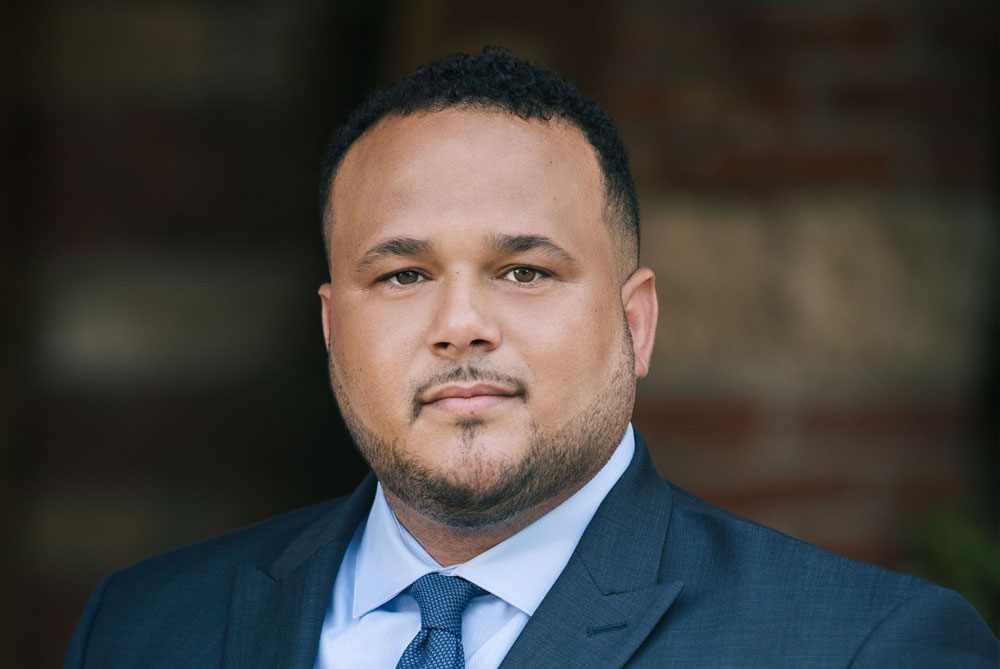Navigating the intricate web of leave laws in California can be a challenging task for both employers and employees. Understanding how the Family and Medical Leave Act (FMLA) intersects with California’s paid leave laws is crucial to ensure that rights are protected and obligations are met. California is known for its robust employee protections, including the right to take time off work for various personal and family reasons. However, coordinating these benefits effectively requires a clear understanding of the legal landscape.
The Family and Medical Leave Act (FMLA) is a federal law that grants eligible employees up to twelve weeks of unpaid leave for certain family and medical reasons within a twelve-month period. The FMLA covers conditions such as the birth of a child, serious health conditions of the employee or their immediate family members, and certain situations arising from a family member’s military service. While this law provides critical protections, it is essential to recognize that it does not mandate paid leave. Instead, it ensures that employees can take time off without losing their jobs or health insurance benefits.
California, on the other hand, offers more expansive protections under its state laws. The California Family Rights Act (CFRA), which closely mirrors the FMLA, provides up to twelve weeks of unpaid leave for similar reasons. However, the CFRA includes additional provisions, such as allowing leave to care for a registered domestic partner, which is not covered under the FMLA. This extension demonstrates California’s commitment to recognizing diverse family structures and providing broader support to its workforce.
One of the key challenges in coordinating FMLA and California paid leave laws is understanding how these laws interact. Since both FMLA and CFRA provide unpaid leave, employees often seek ways to receive compensation during their time off. This is where California’s paid leave laws come into play. The state offers several paid leave options, including Paid Family Leave (PFL), State Disability Insurance (SDI), and accrued paid sick leave under the Healthy Workplaces, Healthy Families Act of 2014.
Paid Family Leave (PFL) provides up to eight weeks of partial wage replacement to employees who need to take time off to care for a seriously ill family member or bond with a new child. Unlike the FMLA and CFRA, PFL does not guarantee job protection. It simply ensures that employees can receive financial support during their leave. However, employees can use PFL in conjunction with FMLA and CFRA leave, thereby receiving compensation while also maintaining their job protection under the federal and state leave laws.
Results
State Disability Insurance (SDI) is another important component of California’s paid leave landscape. SDI provides partial wage replacement for employees who are unable to work due to a non-work-related illness, injury, or pregnancy. Employees who qualify for FMLA or CFRA leave due to their own serious health condition may also be eligible for SDI benefits. By combining SDI with unpaid FMLA or CFRA leave, employees can receive financial assistance while taking the time they need to recover.
The Healthy Workplaces, Healthy Families Act of 2014 mandates that employers provide paid sick leave to their employees. This law requires employers to offer a minimum amount of paid sick leave that employees can use for their own illness, to care for a family member, or to address issues related to domestic violence, sexual assault, or stalking. Employees who are eligible for FMLA or CFRA leave may use their accrued paid sick leave to receive compensation during their time off, effectively bridging the gap between unpaid leave and financial stability.
Coordinating these various benefits requires a strategic approach that considers the specific circumstances of each employee. For example, an employee who needs to take time off for the birth of a child may be eligible for FMLA, CFRA, PFL, and SDI benefits. Understanding how these laws interact and how to maximize the available benefits is crucial for ensuring that employees can take the time they need without suffering undue financial hardship.
One of the key considerations when coordinating FMLA and California paid leave laws is the timing of the leave. Since FMLA and CFRA provide up to twelve weeks of unpaid leave, employees often seek to use paid leave benefits concurrently to avoid significant income loss. For instance, an employee may choose to use SDI benefits during the first part of their leave, followed by PFL benefits, while simultaneously taking FMLA or CFRA leave to protect their job. This coordinated approach allows employees to receive financial support throughout their leave while ensuring that they remain protected under federal and state laws.
Employers play a critical role in facilitating the coordination of FMLA and California paid leave benefits. It is essential for employers to have clear policies and procedures in place to guide employees through the process of requesting and using leave. Employers must ensure that they comply with all applicable laws, including providing required notices and maintaining accurate records of leave usage. Failure to do so can result in legal consequences and undermine the rights of employees.
Effective communication between employers and employees is also crucial for coordinating leave benefits. Employees should be informed of their rights and options under both federal and state laws and should be encouraged to discuss their needs with their employer. Employers, in turn, should provide timely and accurate information to help employees make informed decisions about their leave. This collaborative approach can help prevent misunderstandings and ensure that both parties are aligned in their expectations.
In some cases, disputes may arise regarding the coordination of FMLA and California paid leave benefits. These disputes may involve issues such as whether the employee is eligible for certain benefits, whether the leave is being used appropriately, or whether the employer is complying with legal requirements. When such disputes occur, it is important for both employers and employees to seek legal guidance to protect their rights and resolve the matter effectively. Legal professionals who are well-versed in both federal and state leave laws can provide valuable assistance in navigating these complex issues.
Understanding the interplay between FMLA and California’s paid leave laws is essential for employees who want to take time off for personal or family reasons without sacrificing their financial stability or job security. By coordinating these benefits effectively, employees can maximize the support available to them during their time of need. Employers, on the other hand, can fulfill their legal obligations and foster a supportive work environment by ensuring that their leave policies are comprehensive and compliant with all relevant laws.
Related Videos
Choosing an Employment Law Attorney
Recovering Damages in an Employment Law Claim
The evolving landscape of leave laws in California highlights the importance of staying informed and proactive in managing leave benefits. Both employers and employees should regularly review their policies and practices to ensure they align with current legal requirements and best practices. As new laws and regulations are introduced, it may be necessary to update policies, provide additional training, or seek legal advice to address any changes.
Navigating the complexities of California’s FMLA and paid leave laws requires a thorough understanding of the legal framework and a strategic approach to coordinating benefits. Employees who are aware of their rights and options can take the time they need for personal and family reasons while receiving financial support and maintaining job protection. Employers, by providing clear policies and fostering open communication, can ensure compliance with the law and support the well-being of their workforce.
If you are an employee or employer in California facing challenges related to FMLA and paid leave coordination, The Myers Law Group, APC can provide the legal guidance and support you need. Our experienced team understands the intricacies of both federal and state leave laws and is committed to helping you navigate these complex issues. Contact us today to learn how we can assist you in protecting your rights and achieving the best possible outcome.










